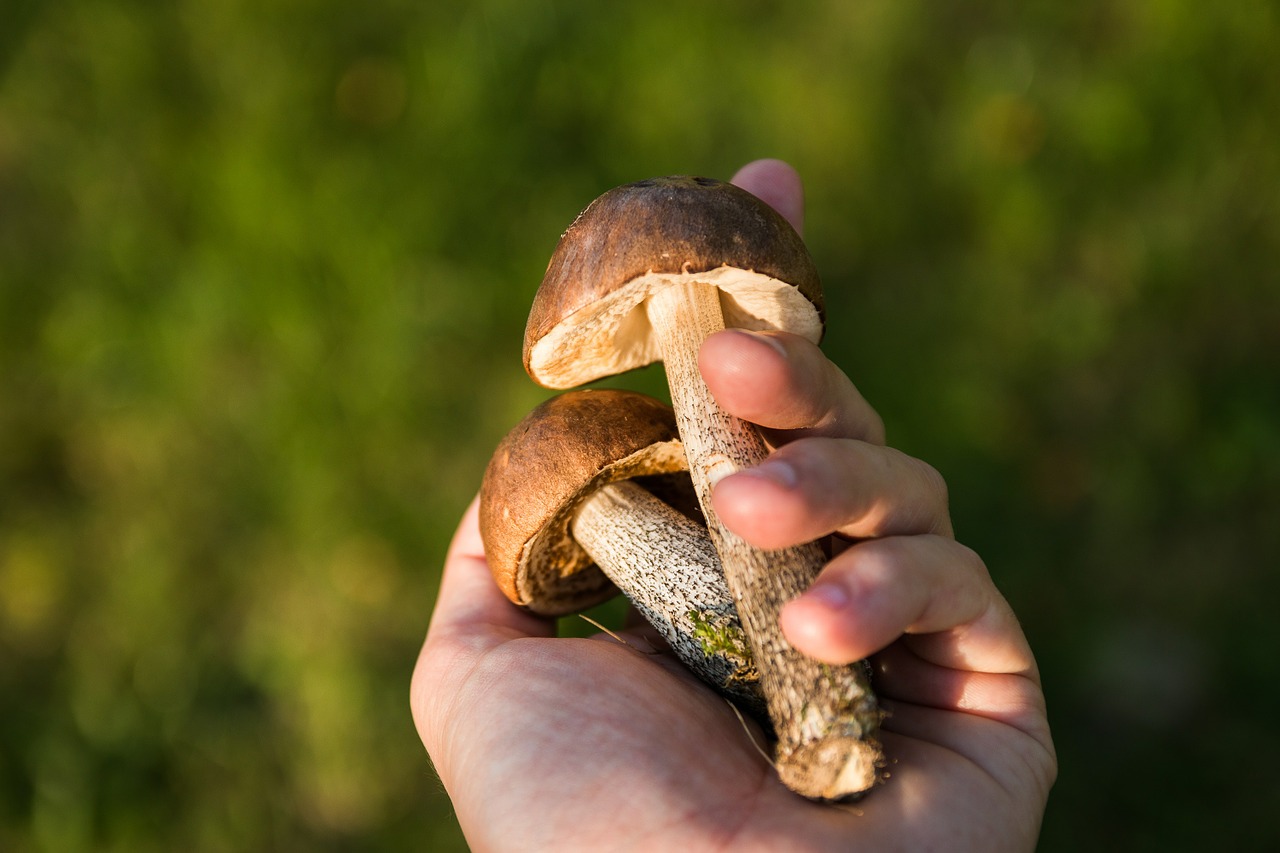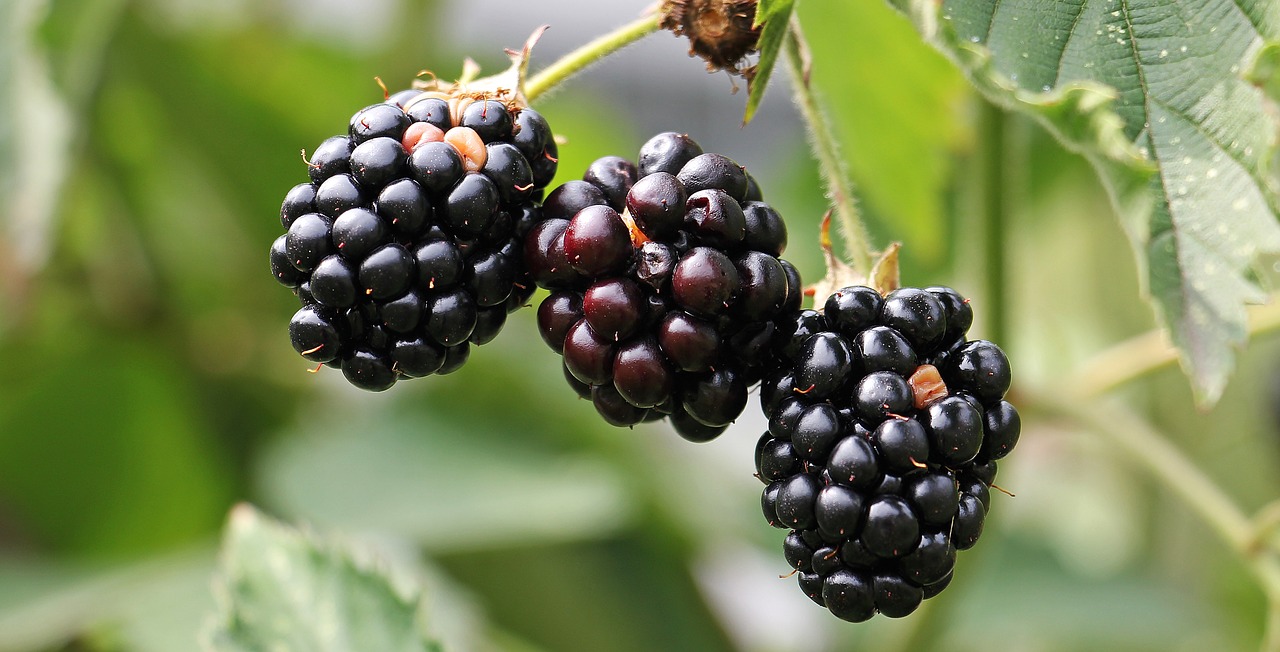Is That Plant Safe To Eat – Edibility Tests
Here at Outdoor Revival we recognize the importance of being able to look after yourself, after all, we’re regularly encouraging people to get out into the wilderness and get on adventures around the world, in this article we learn about eating foods in a survival situation.
Here’s one of our regular survival articles from British survival expert James Manderville. As a Survival instructor with many years experience he’s well qualified to help us decide on how best to approach our survival training.
Universally Accepted Test for Edibility of Plants
Poisonous Plants
There are more than 950 species of plants in Eurasia and North America alone that contain poisons known to affect humans, but only a handful of these have been linked to fatalities in adults. Plants, however, are second only to medicines in causing serious poisoning in children under the age of five. An increasing interest in herbal cures and remedies is responsible for the poisoning of many amateur herbalists and those experimenting with hallucinogenic substances.
There is no way to tell by looking at a plant if it is poisonous. Some plants, such as the yew, are almost entirely toxic – needles, bark, seeds, and berries. In other plants only certain parts of the plant are poisonous. The bulb of the hyacinth and daffodil are toxic, but the flowers are not; while the flowers of the jasmine plant are the poisonous part.
Some plants are confusing, because portions of them are eaten as food while other parts are poisonous. For example, the fleshy stem (tuber) of the potato plant is nutritious; however, its roots, sprouts and vines are poisonous.
The leaves of tomatoes are poisonous, while the fruit is not. Rhubarb stalks are good to eat, but the leaves are poisonous. Apricot, peach and cherry kernels, apple and orange seeds, cassava (also known as yuca or manioc), and bamboo shoots all produce edible fruit, but their seeds are all poisonous.

If you suspect you have eaten a poisonous plant Death is rare from eating poisonous plants, but in an extreme survival situation, especially in a weakened state, any effects are going to be more severe and potentially fatal. If you eat a poisonous plant and cannot get medical assistance, force yourself to vomit by sticking your fingers down your throat (unless specifically stated in the plant description below not to induce vomiting).
Drink water and force yourself to vomit again and repeat this several times. If you have diarrhea and/or vomiting, do not eat for 24–hours and drink small amounts of lukewarm, boiled water every hour to re–hydrate. Start eating small amounts of the most nourishing food available and rest to give yourself time to rebuild your energy.
Universally Accepted Test for Edibility of Florae (Plants)
If you are unsure whether specific flora is edible and there is a good supply of a particular species, follow this procedure:–
- Selection: Test only one plant at a time; do not mix plants or parts from the same plant in your test. For example, if you decide to test a tuber, do not test the leaves of the same plant at the same time. One part at a time!
- Smell: Begin by crushing or rubbing the part of the plant you are testing and smell it. If it smells very strongly acidic, test another part of the plant or another plant altogether. If it smells of almonds, choose another plant altogether.
- Starve: Eat nothing for 8 hours before starting the test. Sleep in this time or rest and drink nothing but boiled or purified water. During this period, test for contact poisoning by placing a piece of the plant you are testing on the inside of your elbow or wrist. If there is a skin reaction within 20 minutes, find another plant or part of a plant to test.
- Start test: Select a small portion of the part of the plant you are testing and prepare it the way you plan to eat it. For example, peel, wash and grind up a tuber. Slice it into pieces and boil until soft like a potato. Allow to cool. Continue with the test. If you are starving hungry, summon up all your self–discipline not to eat what you have cooked. It could be your last meal.
The, ‘Do I swallow it or not?’ test:
- Do not put the prepared plant part in your mouth; touch a small portion (a pinch) to the outer surface of the lip to test for burning or itching.
- If there is no reaction after 3 minutes on your lip, place the sample on your tongue, holding it there for 15 minutes.
- If there is no reaction, thoroughly chew a pinch and hold it in your mouth for 15 minutes. DO NOT SWALLOW the plant or any of the juice; spit juice out if you salivate.
- If no burning, itching, numbing, stinging or other irritation occurs in the mouth during the 15 minutes, swallow the small sample.
- Wait 8 hours. If any ill effects occur during this period, induce vomiting and drink a lot of water.
- If no ill effects occur, eat 60 gm (2 oz) of the same plant part prepared the same way. Wait another 8 hours.
If no ill effects occur after the 8 hours, the plant part as prepared is safe for eating.

CAUTION: Test all parts for edibility as some florae have both edible and inedible parts. Do not assume that a part proved edible when cooked is also edible when raw. Test a raw sample to ensure edibility before eating it raw.
Before testing florae for edibility, make sure there are enough of the species to make the testing worth your time and effort. Each part of a plant, for example, requires 24½ hours of testing. Do not waste time testing flora that is not relatively abundant in the area you are traveling through or in which you are staying.
Remember, eating large portions on an empty stomach may cause diarrhea, nausea or stomach cramps. Even after testing a specific flora and finding it safe, eat it in moderation until your digestive system is used to it.
You can see from the steps and time involved in testing for edibility just how important it is to be able to identify edible florae correctly. The universally accepted edibility test for florae is a tried and tested method used by armed services and exploratory expeditions the world over. Many different groups of people have used and teach this test. No one varies it. Take heed!
Do not skip any parts of the test: The test has evolved over many years by trained experts and is the only safe method of testing plant food in a survival situation. Do not experiment with your own techniques as some plants are fatal in tiny doses if ingested and can lead to a slow and sometimes agonizing, death.

He has many years experience in difficult terrain, notably the Amazon, the African bush and climbing in various mountain regions including the Drakensburg Mountains and the Andes
Outdoor Revival – Reconnecting you to the outdoors





